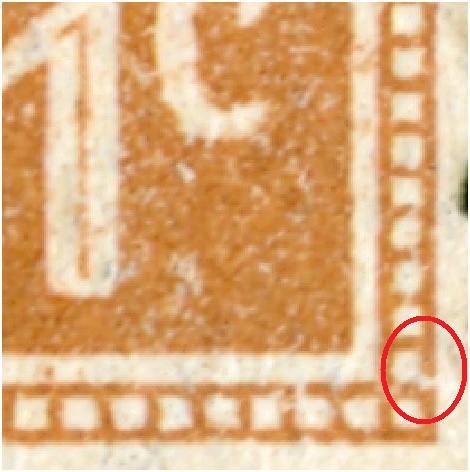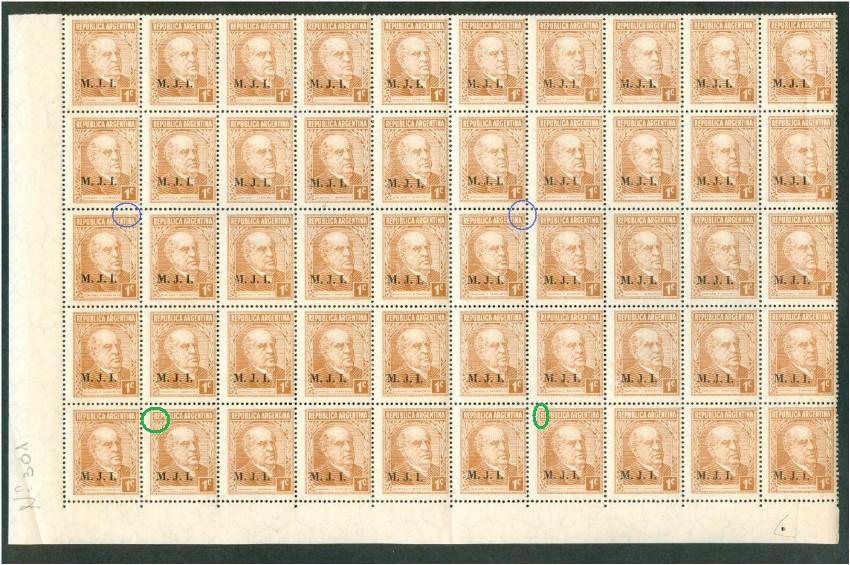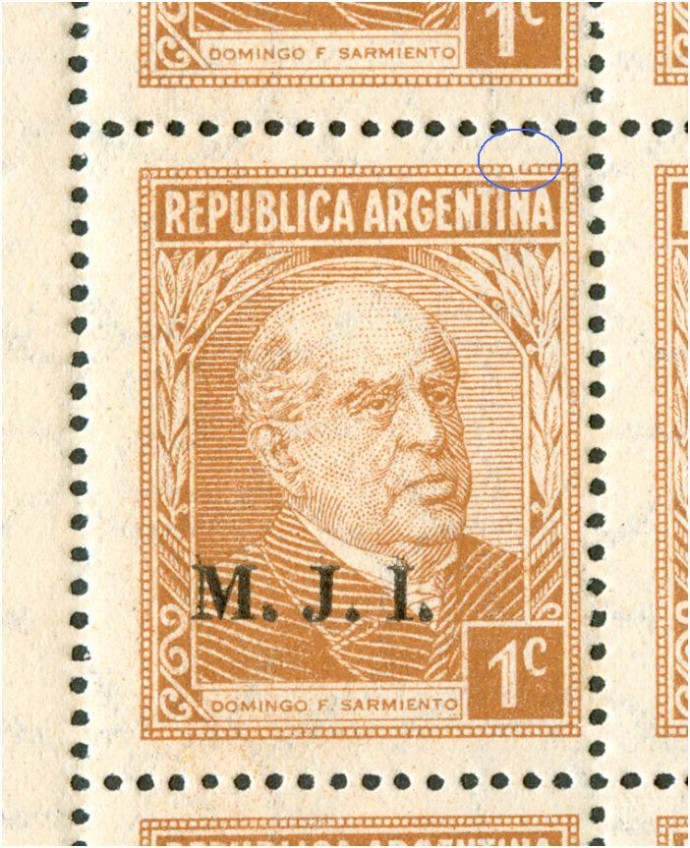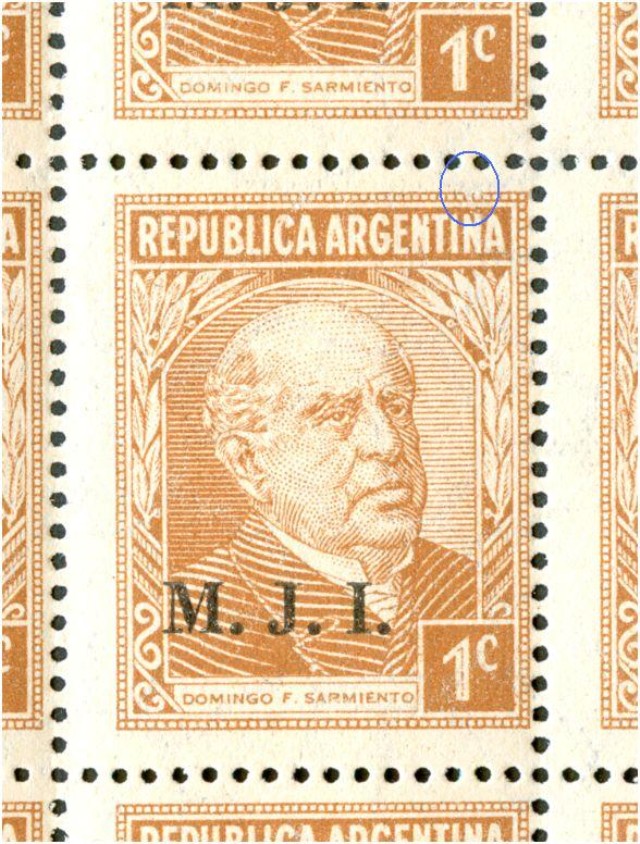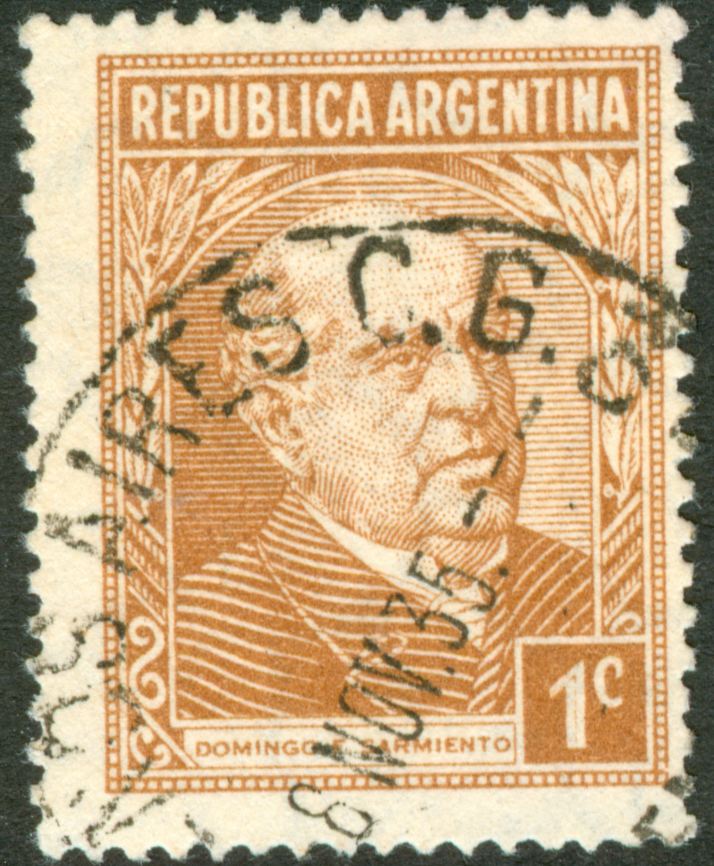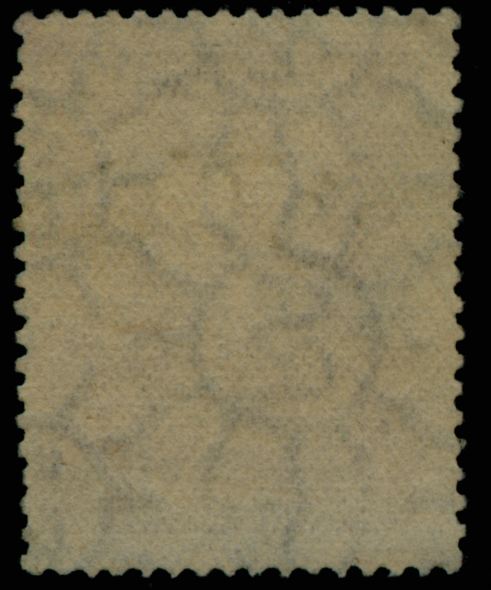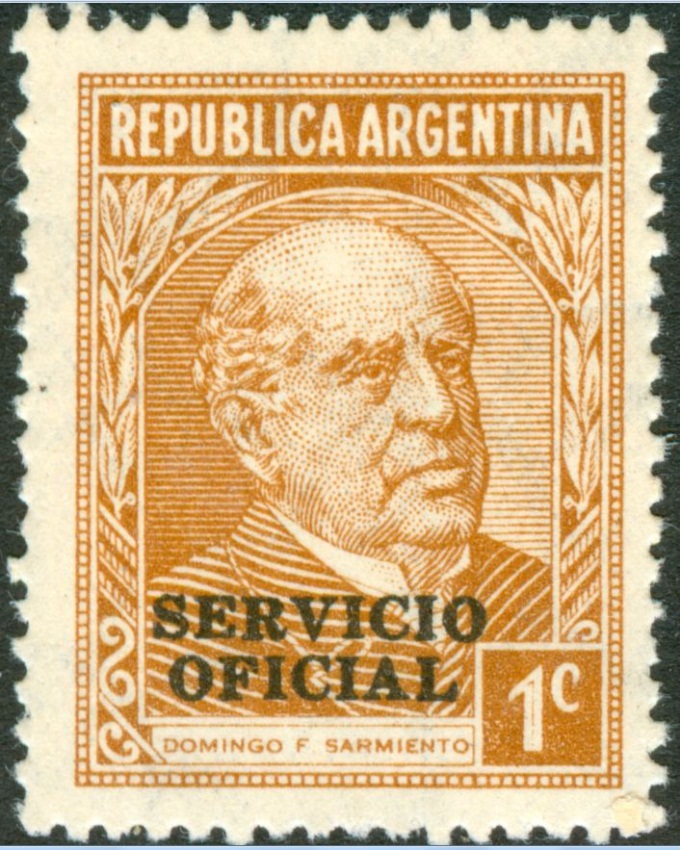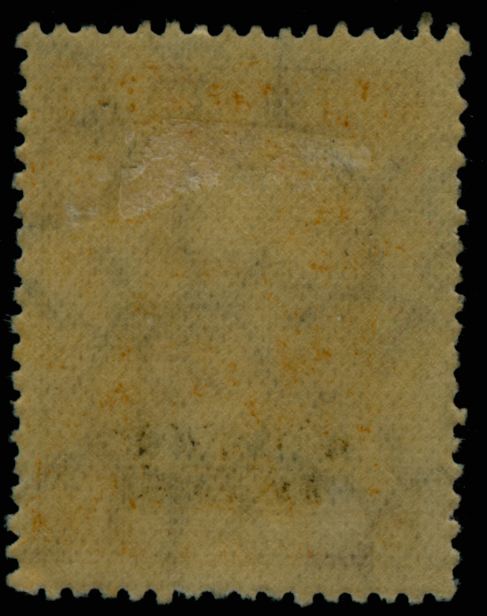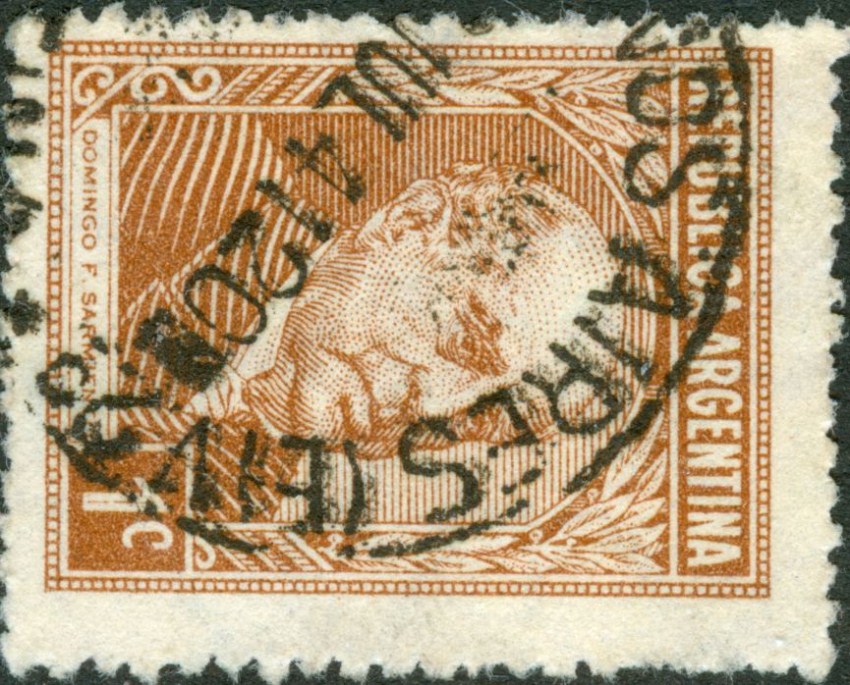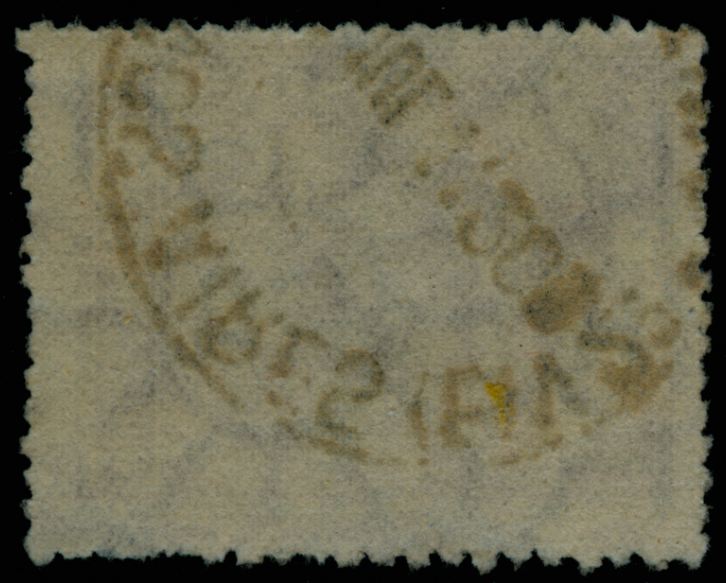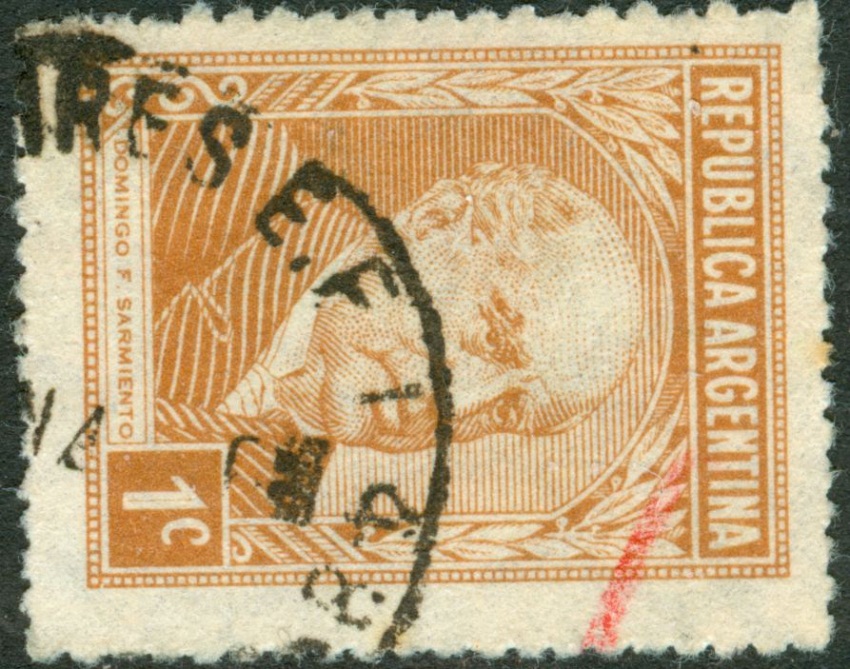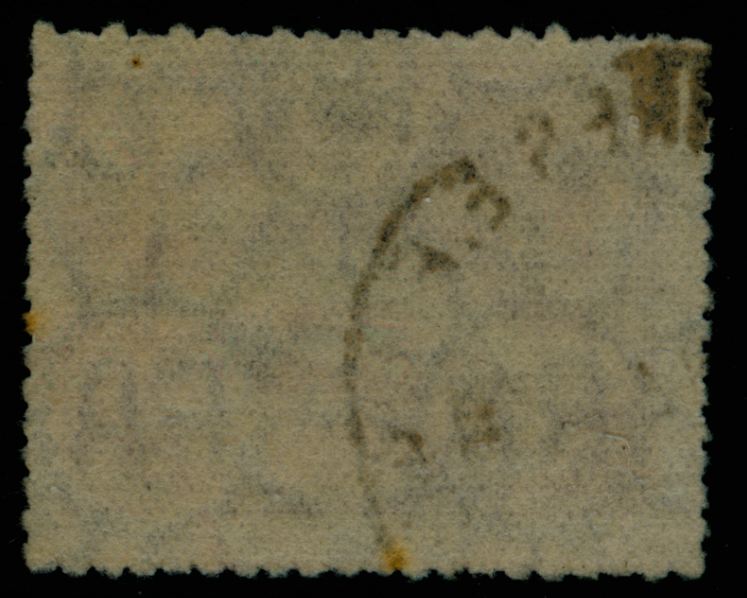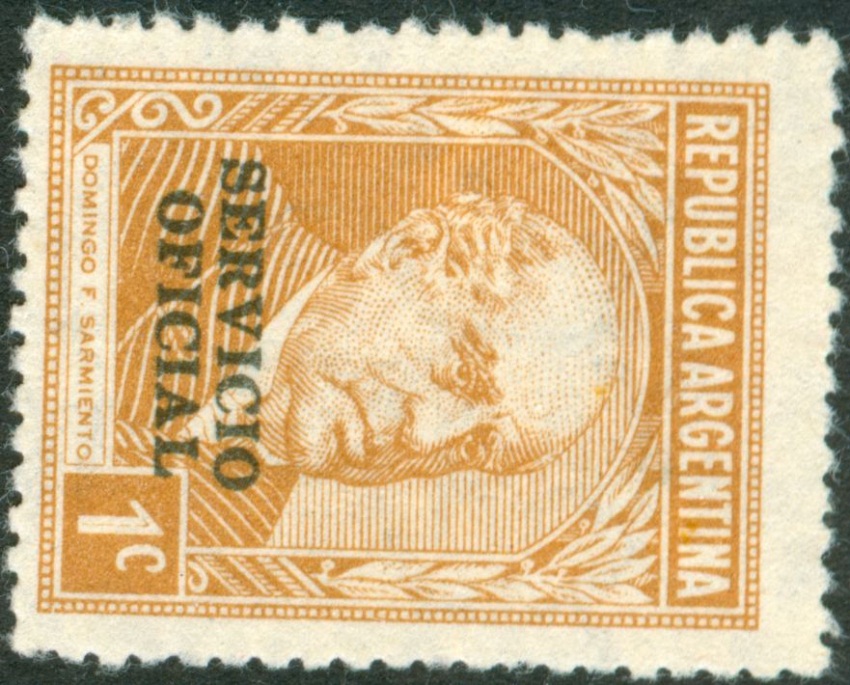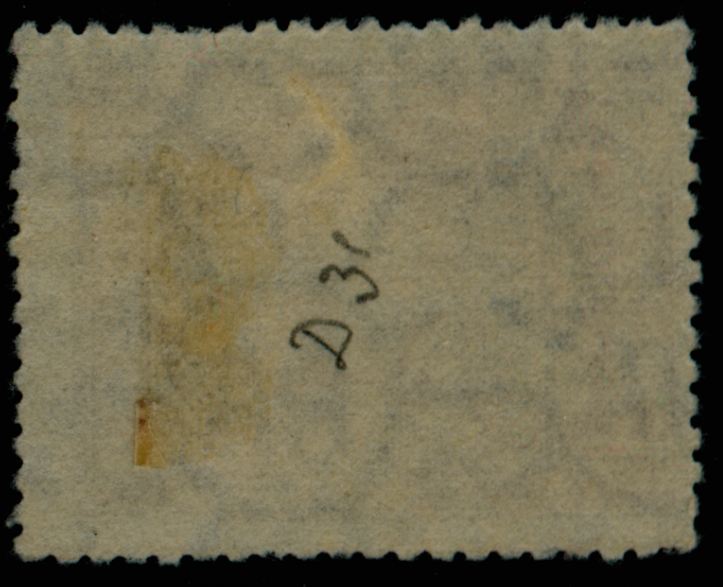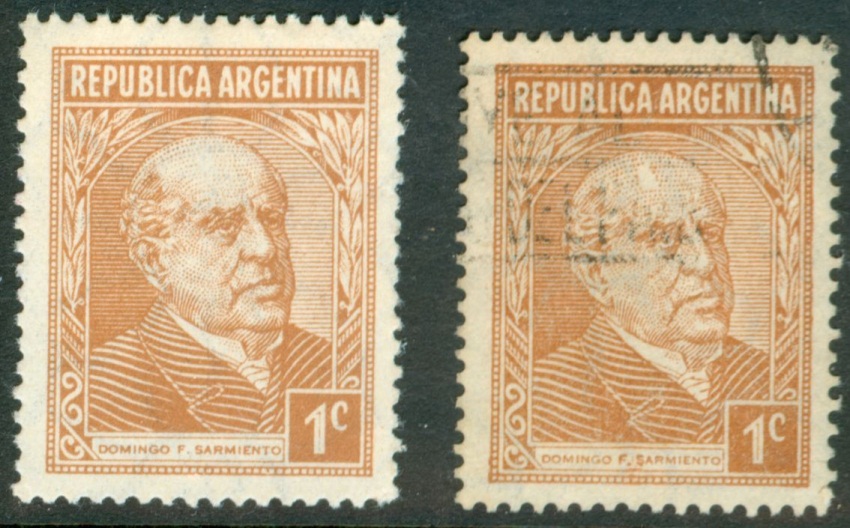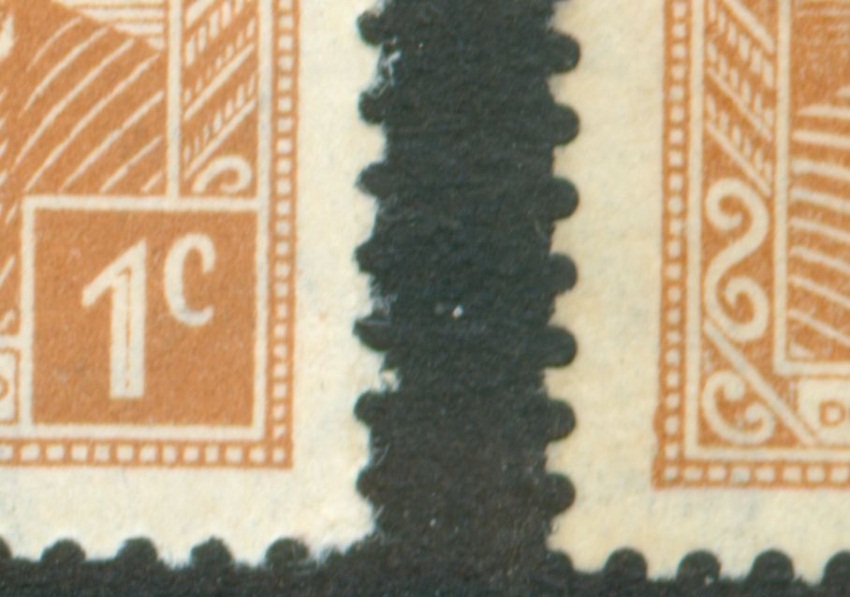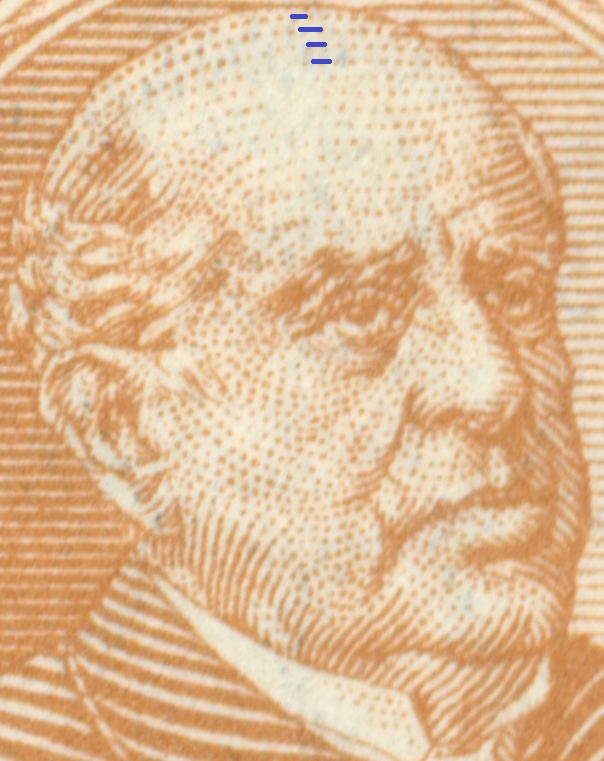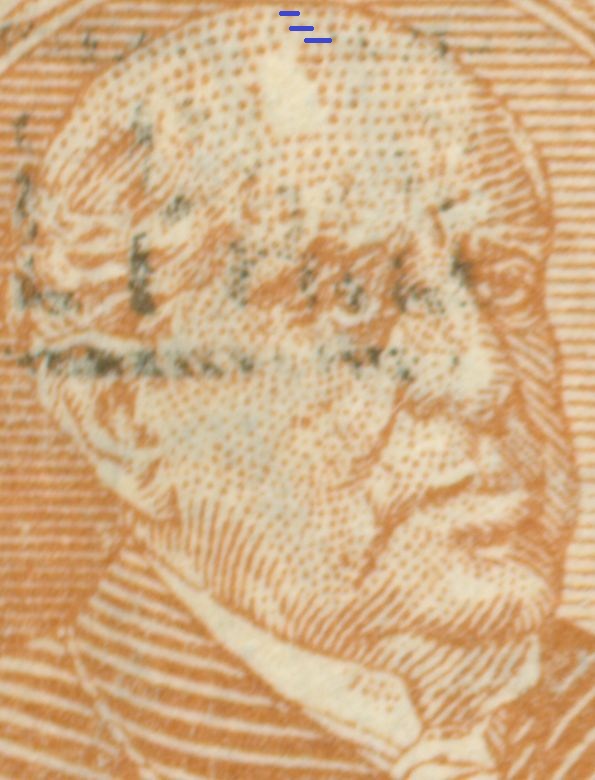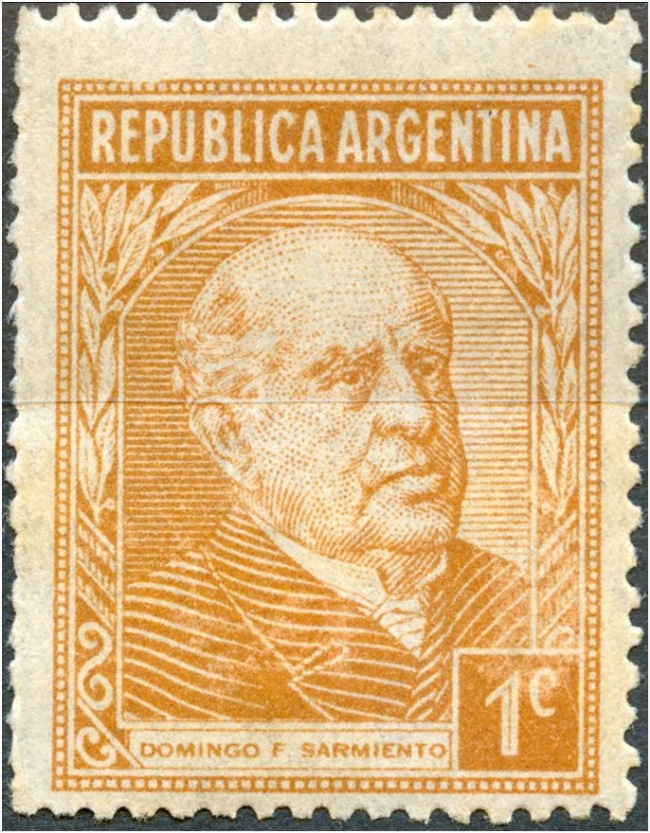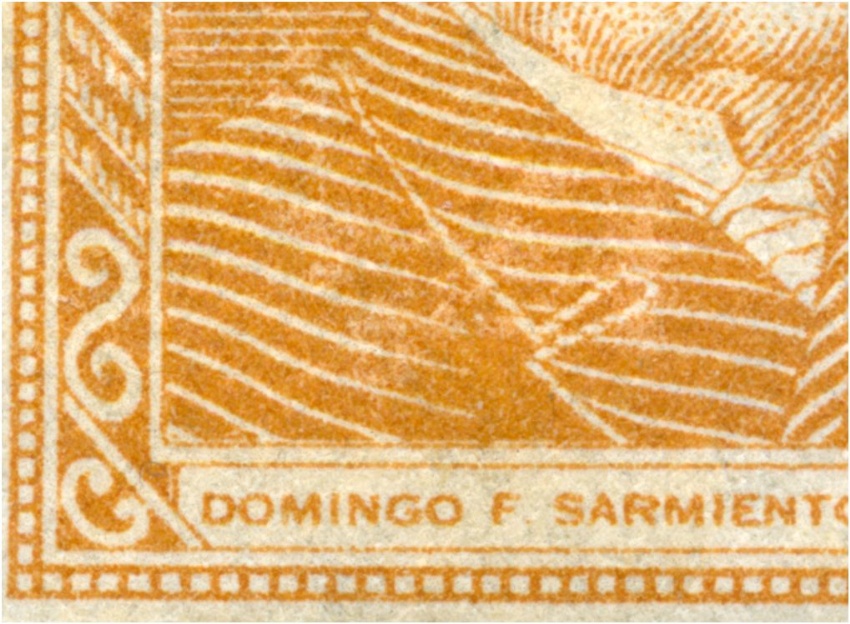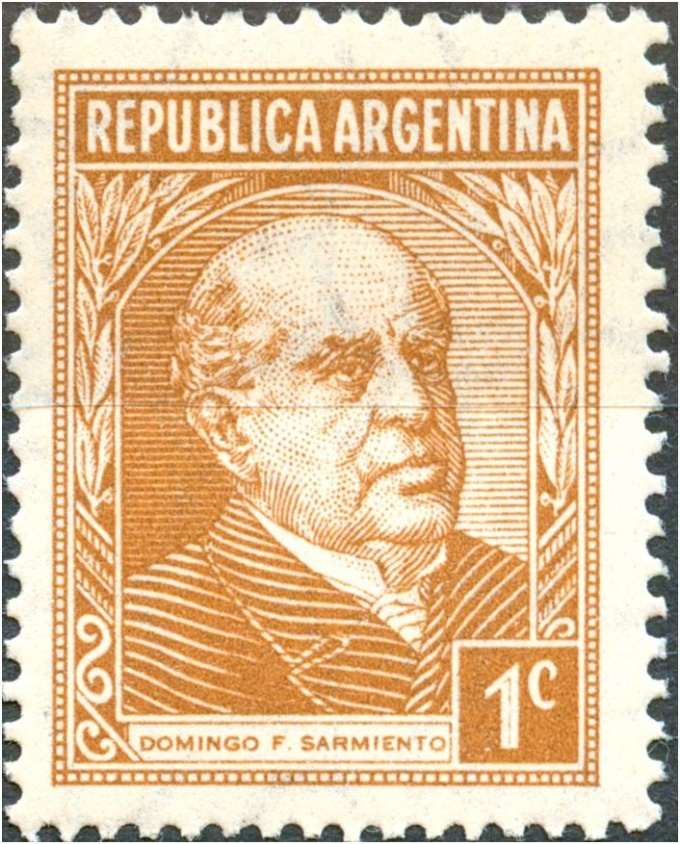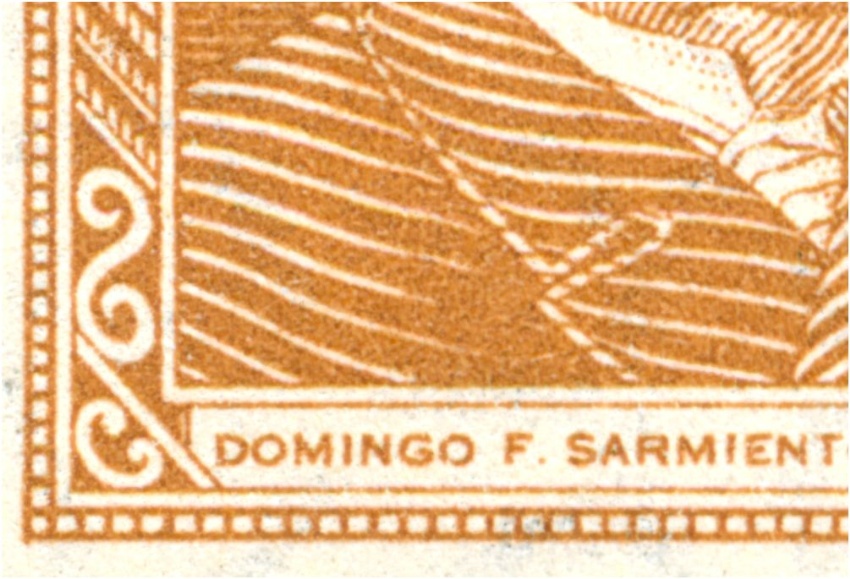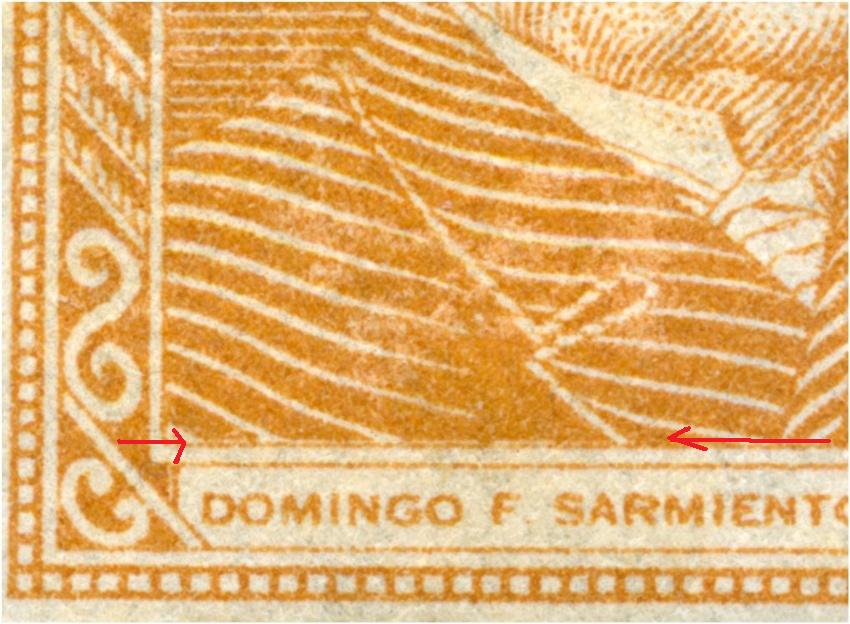In considering the 20c Guillermo Brown as part of the P&R I series
I apparently stand alone as most philatelists and catalogue makers
prefer to incorporate it in the P&R II/III set! This is very strange
as the design perfectly matches and that can NOT be said of the 5c
José de San Martin (1945) not of the 35c Post Office (1942)!
"Otin 29 May 2010 00:21"
Rein,
El 20c Brown violeta no puede ni debe ser incluido en PyR 1 por el
sólo hecho de parecerse al diseo de esa serie. Tampoco el 5c
Hernández. Los sellos de PyR I fueron emitidos en virtud de un
decreto y otros que ordenaron las modificaciones, cambios de colores y
valores complementarios (35c, 5c JSM rojo, 3c Moreno gris) etc.
Los mencionados Brown y Hernández pertenecen a decretos
aparecidos varios aos después, como valores de las series
ordinarias en curso. Debe tenerse en cuenta que los decretos ordenan
la emisión de determinados valores pero no indican cuál debe ser
la vieta. Esta es elegida por el Correo en combinación con la Casa de
Moneda. Doy un ejemplo: el 5 pesos Cataratas del Iguazú, verde,
grabado, fue emitido por el Dto. N 17043 del 14/9/53 y puesto en
circulación el 1/12/55. Salió en papel tizado importado. En fecha
31/7/56 con Dto. N 13.389 se ordena emitir 22 nuevos valores de los
cuales se imprimen sólo 11. En este decreto se incluye el 5c
Hernández y el 20c Brown, que se ponen en circulación en las
siguientes fechas: 28/10/57 y el 30/11/56 el Brown tipo I y el tipo II
el 25/7/57. En papel rayado (gaufré) sale en 1958.
Dicho decreto ordena también un valor de 5 pesos. Qué
hizo la Casa de Moneda? Usó las planchas grabadas de 1955 que ya tenía
y sacó el viejo 5p pero en papel MATE!
Para su conocimiento y para quienes esto lean, después de PyR
I no vienen la II ni la iii. Para ser más claro al respecto: los
sellos ordinarios emitidos en pesos moneda nacional hasta 1970 no
pertenecen a un decreto que haya ordenado la serie II ni la III, sino
que pertenece varios decretos que iban ajustando las tarifas a medida
que la inflacióniba in crescendo. Como diríanlos ingleses. as a matter
of fact (como un asunto de hecho) los decretos son 11, que van desde
1953 hasta 1967, o sea que si queremos ser precisos, y así debe ser,
los valores de cada decreto constituyen una serie en sí misma y así
debieran estar catalogadas. A título de curiosidad doy un dato: el
sello de 300 pesos está incluido en el decreto anterior pero no
se imprimió. Apareció recién el 5/2/62 con la vieta Mar del Plata
porque así lo estableció el Dta. N 6242 del 28/7/61 en el papel tizado
con sol redondo y con sol ovalado. Un nuevo decreto N 8595 del 24/8/62
ordena otra vez el 300p y la Casa de Moneda lo vcuelve a imprimir pero
en papel tizado nacional.
Ven Uds. que un mismo sello, pero con papel cambiado, pertenece a
distintas series, o decretos si lo prefieren.
Rein: I hope Google will take care of the translation. Buenas
noches! Merlo
The 20c G. Brown nor the 5c J. Hernandez had been mentioned in
official modifications of the P&R I series.
On the contrary, they have been explicitly mentioned - by the Post
Office - in the same Decree dated 31/7/56 N 13.389 as 22 stamps to be
part of the so-called P&R II set!
On formal grounds José Merlo has it right, but otherwise
there is every reason to include these stamps! Both the 20c and the 5c
:D
